How Many Rings Do You Need for a Drapery Panel? Are 3 Enough?
When it comes to hanging drapery panels, one common question that many people have is: "How many rings do you need for a drapery panel? Are 3 enough?" The answer depends on several factors, including the type of drapery, the width of the panel, and the weight of the fabric.
Flat Panel Draperies: How Many Rings Are Needed?
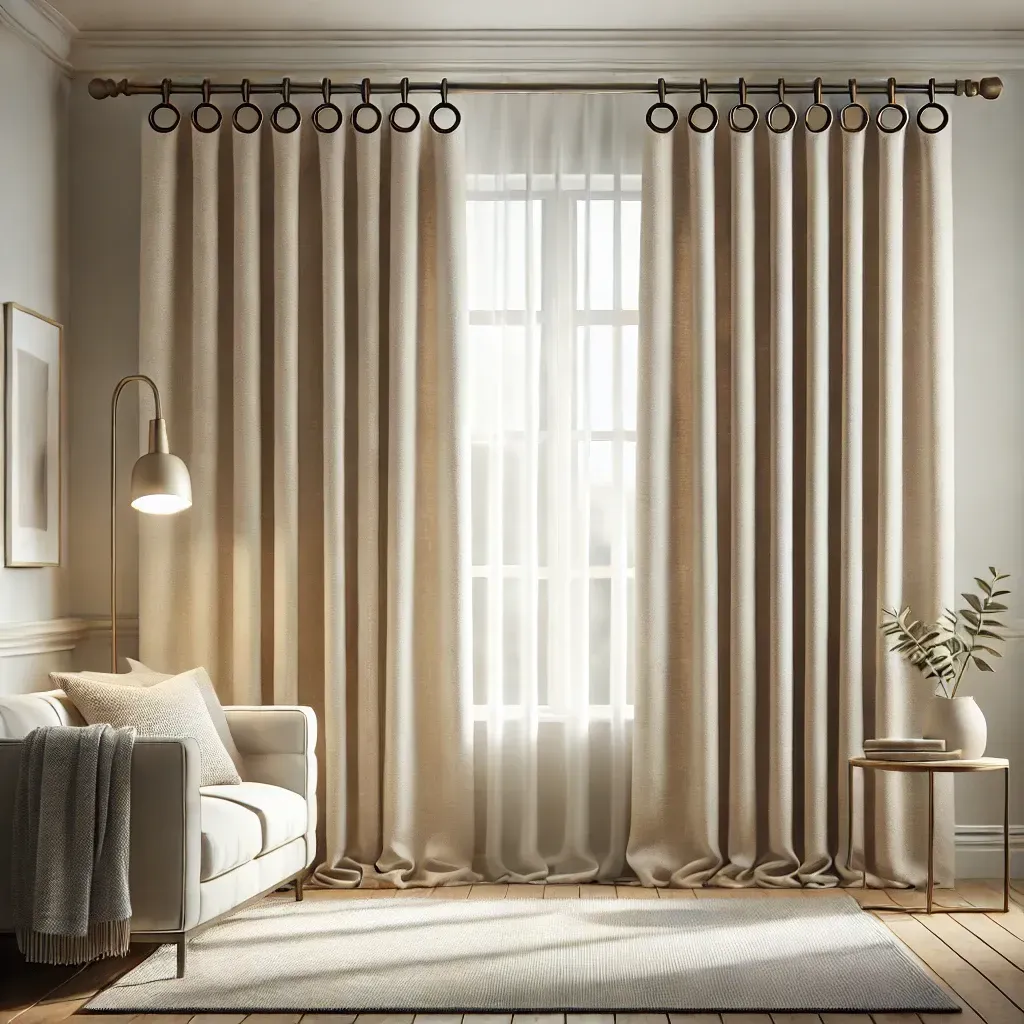
Flat panel draperies are a popular style that gives a casual yet elegant look. Generally, the rule of thumb is to place a ring every 5–7 inches of panel width. This spacing ensures that the drapery hangs evenly without sagging.
- Additional Rings: You should also add a ring at each back tab and one on either end of the panel. This ensures that the drapery hangs neatly without gaps along the edges.
Pinch Pleat Draperies: Ring Placement Guidelines
Special Considerations for Decorative Trim
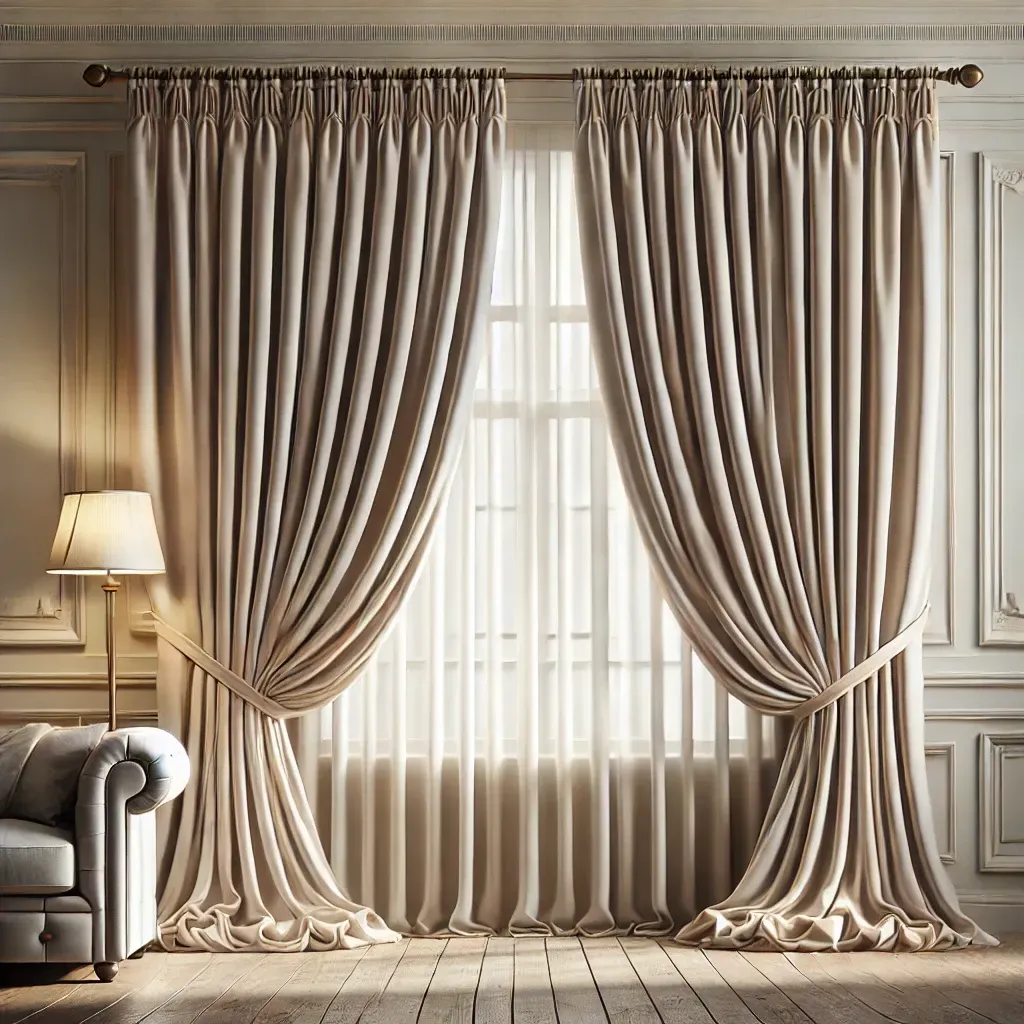
For pinch pleat draperies, you should place a ring at the top of each pleat and at each outside edge of the drapery. This ensures that the pleats hold their shape, providing a tailored and polished appearance. Pinch pleat draperies are often used for a more formal look, and placing the rings correctly helps achieve that structured aesthetic.
Knife Pleat Draperies: Specific Ring Requirements
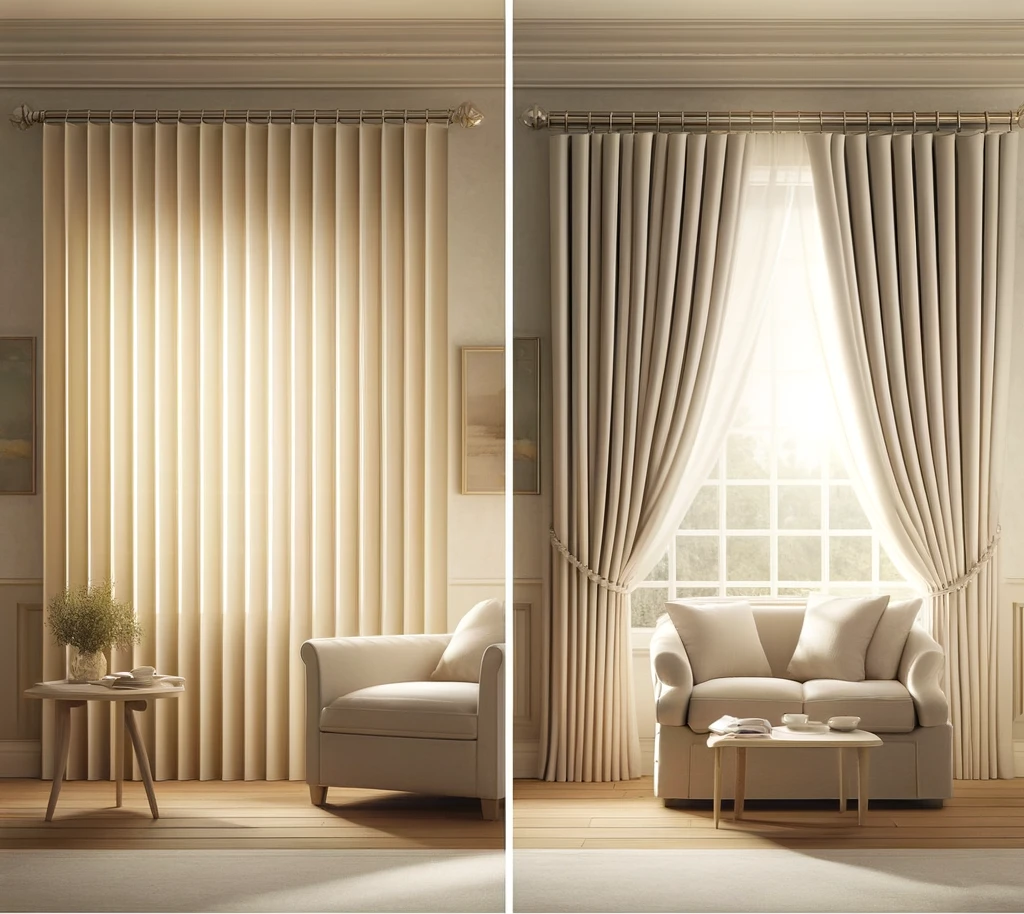
The number of rings needed for knife pleat draperies depends on the width of the panel and the pleat style. Let’s look at a couple of examples to understand this better:
- Single Width Knife Pleat Panel: Typically requires 8 rings.
- Triple Width Knife Pleat Panel: Requires 24 rings.
These numbers are based on the specific spacing needed to maintain the shape and flow of the knife pleats. The more pleats you have, the more rings you’ll need to ensure even spacing and support.
Considering the Fabric Weight: Heavy vs. Lightweight Fabric
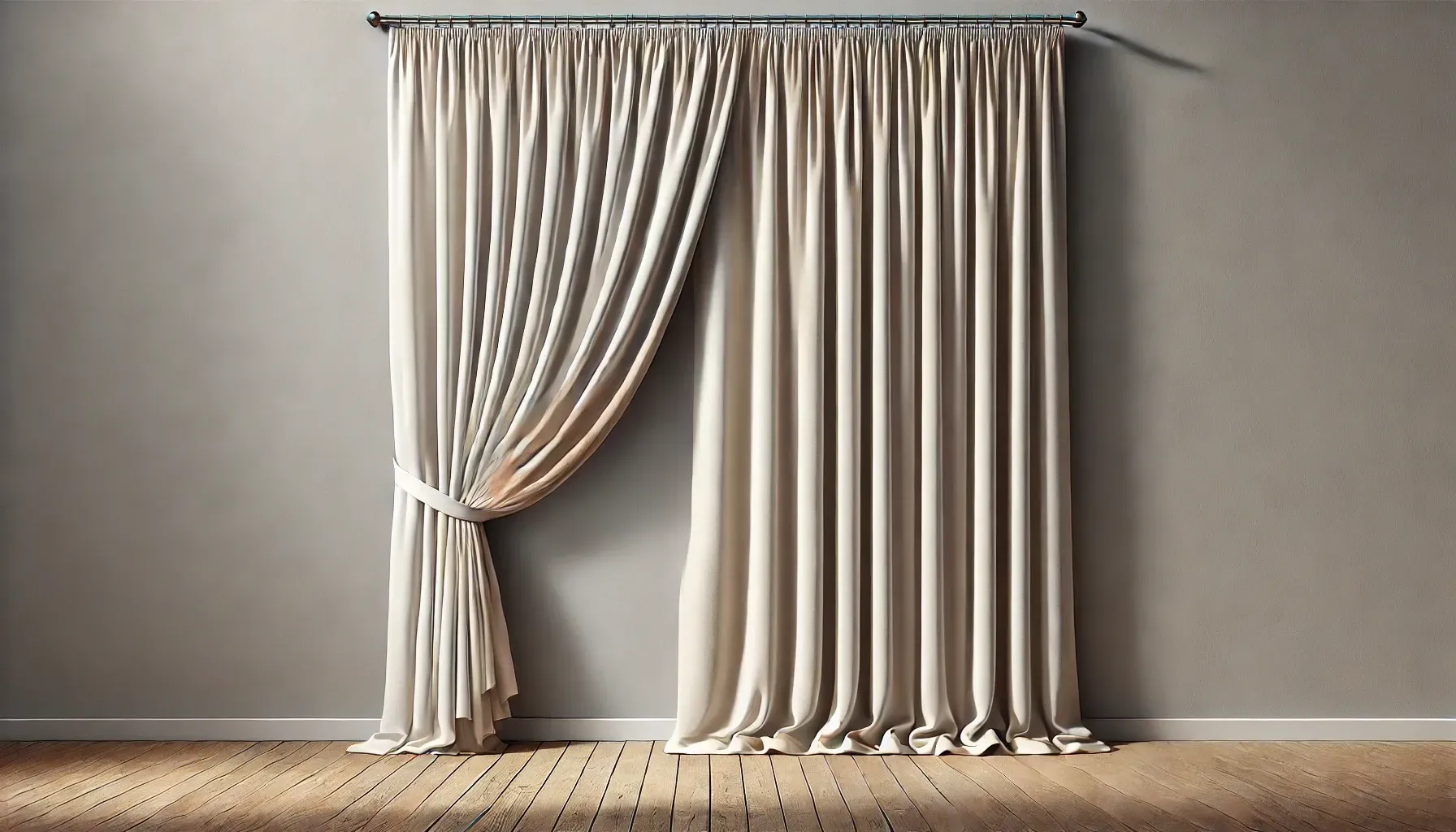
The fabric’s weight also plays a crucial role in determining how many rings are needed. Heavy and lightweight fabrics have different requirements:
- Heavy Fabric: For heavier drapery panels, you may need more rings to properly support the weight. It's recommended to measure every 4 inches to provide adequate support.
- Lightweight Fabric: If you’re dealing with lightweight fabric, you can afford to space the rings out more—generally about 8 inches apart. This will allow the fabric to drape naturally while maintaining a balanced appearance.
Special Considerations for Decorative Trim
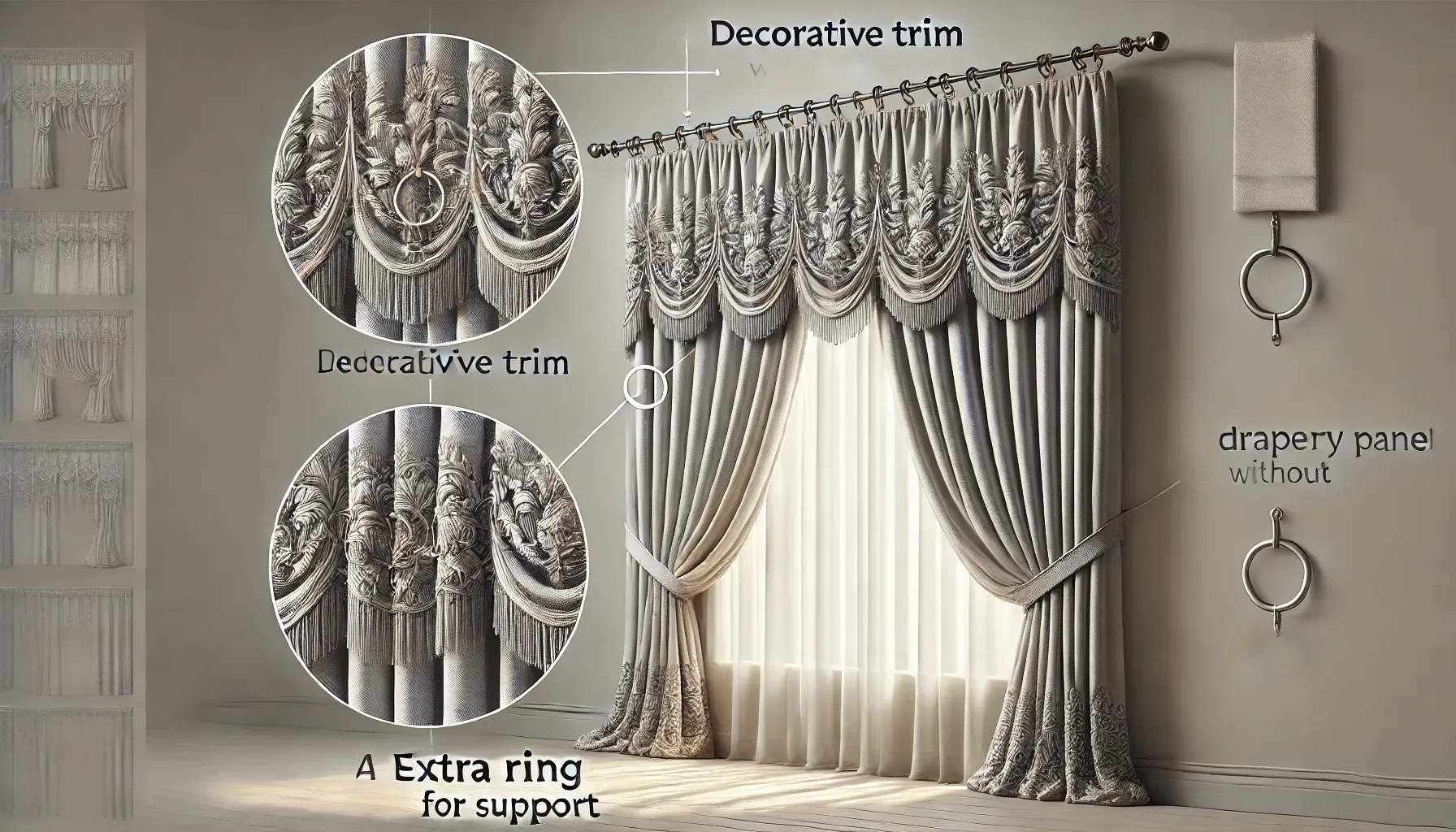
If your drapery panels include a decorative trim, you should add an extra ring per panel. Decorative trim can add extra weight or change how the drapery hangs, so adding an extra ring helps keep everything in place.
Using Two Panels: Doubling the Rings

When using two panels for a window, you'll need to double the number of rings you use. For example, if a single panel requires 8 rings, two panels would require 16 rings. This ensures that both panels hang symmetrically and provides a cohesive look when the panels are drawn together or apart.
Are 3 Rings Enough for a Drapery Panel?
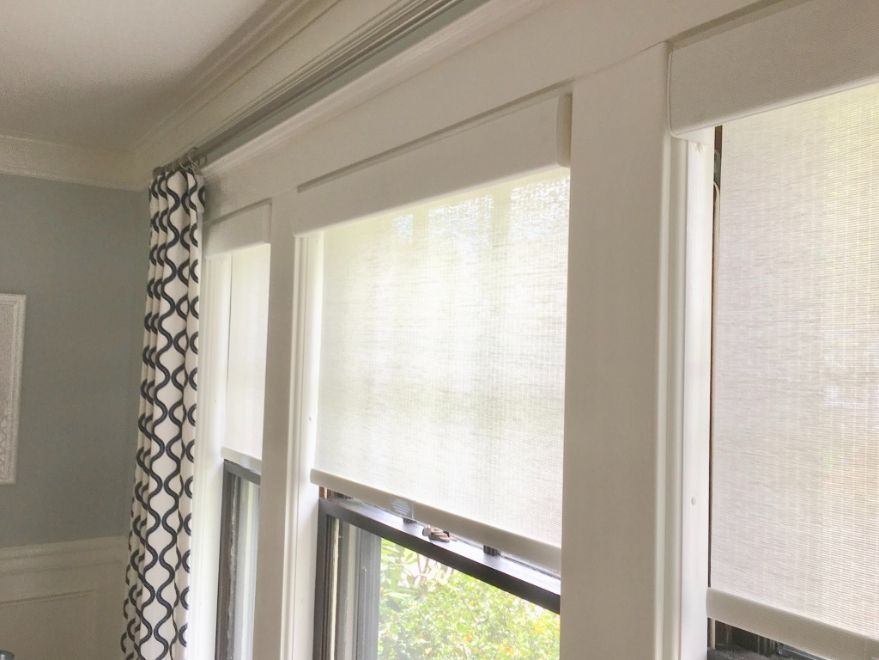
Given the guidelines above, the answer to whether 3 rings are enough for a drapery panel is generally no—except in very specific cases, such as a very narrow panel or a decorative piece that doesn't need full functional support.
- For Functional Draperies: If you want your drapery panels to slide smoothly and hang evenly, using only 3 rings will likely not provide enough support. Most drapery panels require significantly more rings, depending on their width, weight, and pleat style.
- For Small, Decorative Panels: If you have a narrow decorative panel that doesn’t need to open or close, then 3 rings might suffice. However, for any functional use, it’s better to follow the guidelines provided to avoid uneven hanging or sagging.
Tips for Choosing Curtain Rings
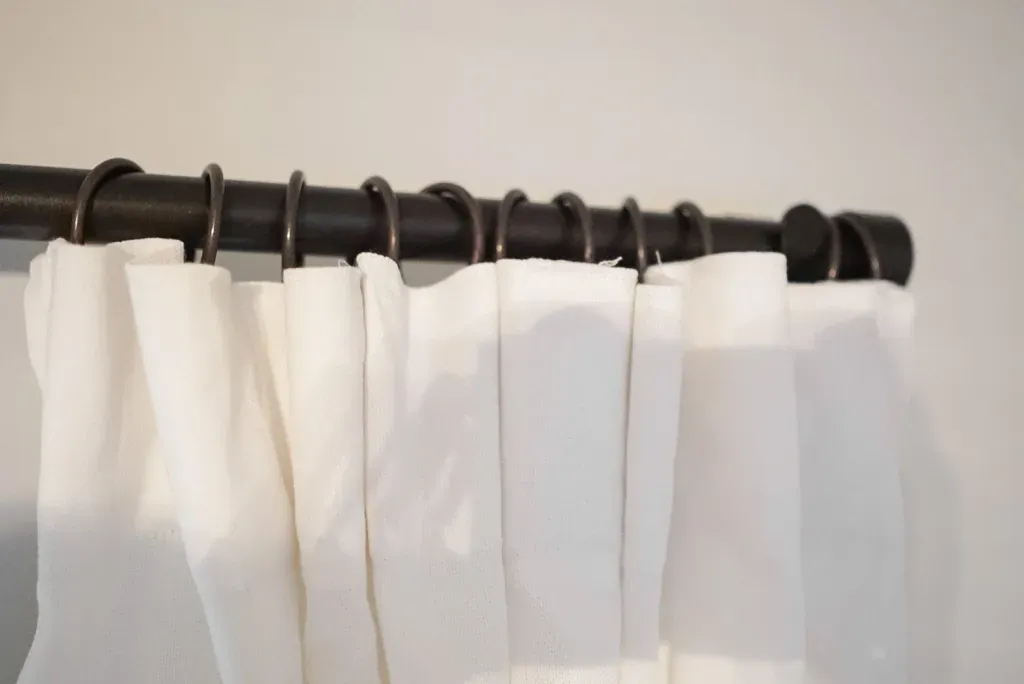
When choosing the number of rings for your drapery panels, it's important to take into account a few practical tips to achieve the perfect look:
- Measure the Width: Start by measuring the width of your drapery panel. This measurement will help determine how many rings you'll need to space evenly along the curtain rod. For more insights on drapery measurements, refer to our comprehensive guide to drapery panel widths, which covers everything from panel proportions to style considerations.
- Check the Curtain Style: The style of the drapery—whether it's a flat panel, pinch pleat, or knife pleat—will determine how the rings should be placed. Each style has its own requirements, as discussed earlier.
- Consider the Fullness: The fullness of your drapery panels affects how many rings are needed. More fullness means more fabric, which generally means more rings are necessary to keep the drapery from drooping.
How to Determine the Number of Rings Needed for Different Drapery Panels
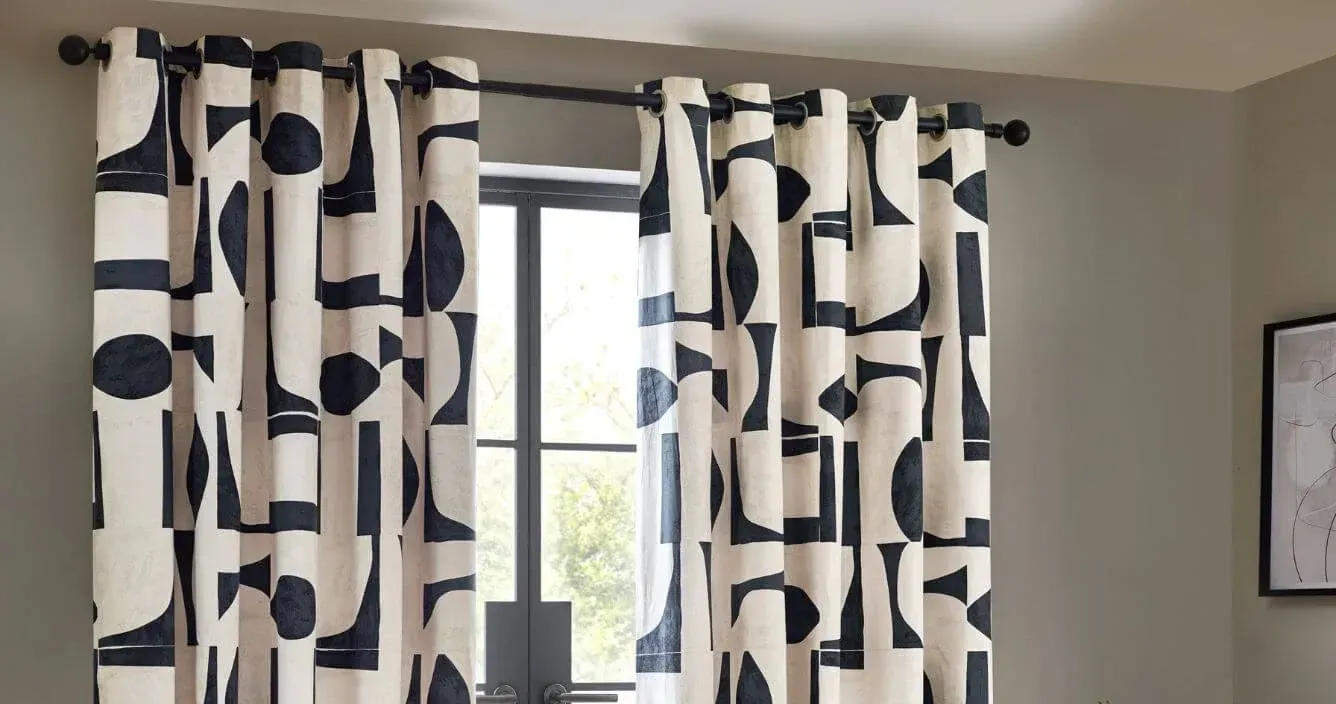
To determine the number of rings needed for different drapery panels:
- Flat Panels: Measure every 5–7 inches of panel width.
- Pinch Pleats: Place a ring at the top of each pleat and at each outside edge.
- Knife Pleats: Use 8 rings for a single-width panel and 24 rings for a triple-width panel.
Guide to Selecting Curtain Rings for Drapery Panels
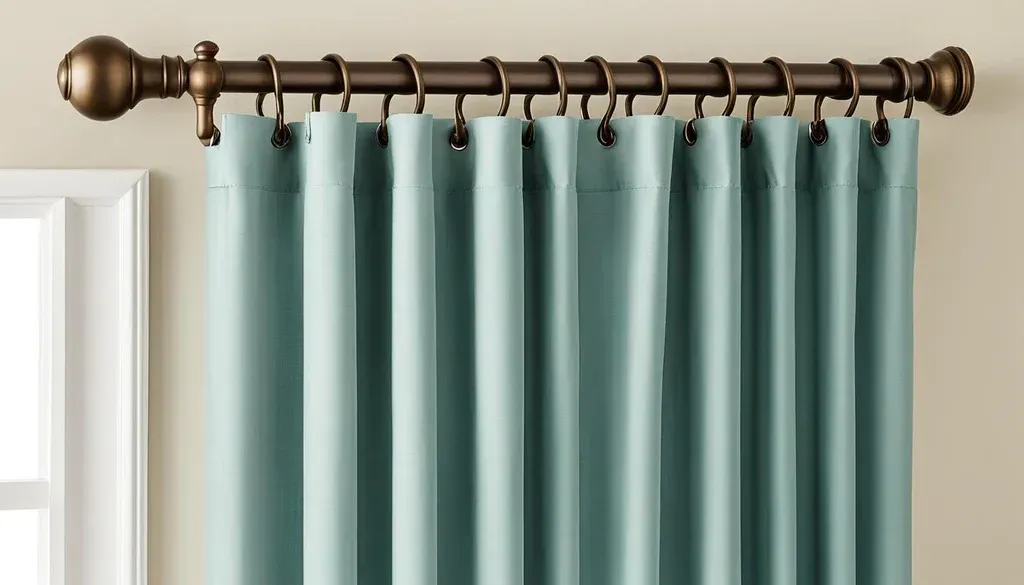
Selecting the right curtain rings goes beyond just the number. You should also consider:
- Ring Size: Choose rings that are the right size for your curtain rod and fabric weight.
- Ring Finish: The finish of the rings should complement the curtain rod and other drapery hardware. Whether you choose decorative curtain rings or simple, functional ones, the finish can impact the overall look of your window treatment.
- Material Compatibility: Make sure that the rings are compatible with the curtain rod type you’re using. Some rings are designed specifically for certain rod styles and won’t slide properly on incompatible rods.
Spacing Between Drapery Rings: Ensuring Even Hanging
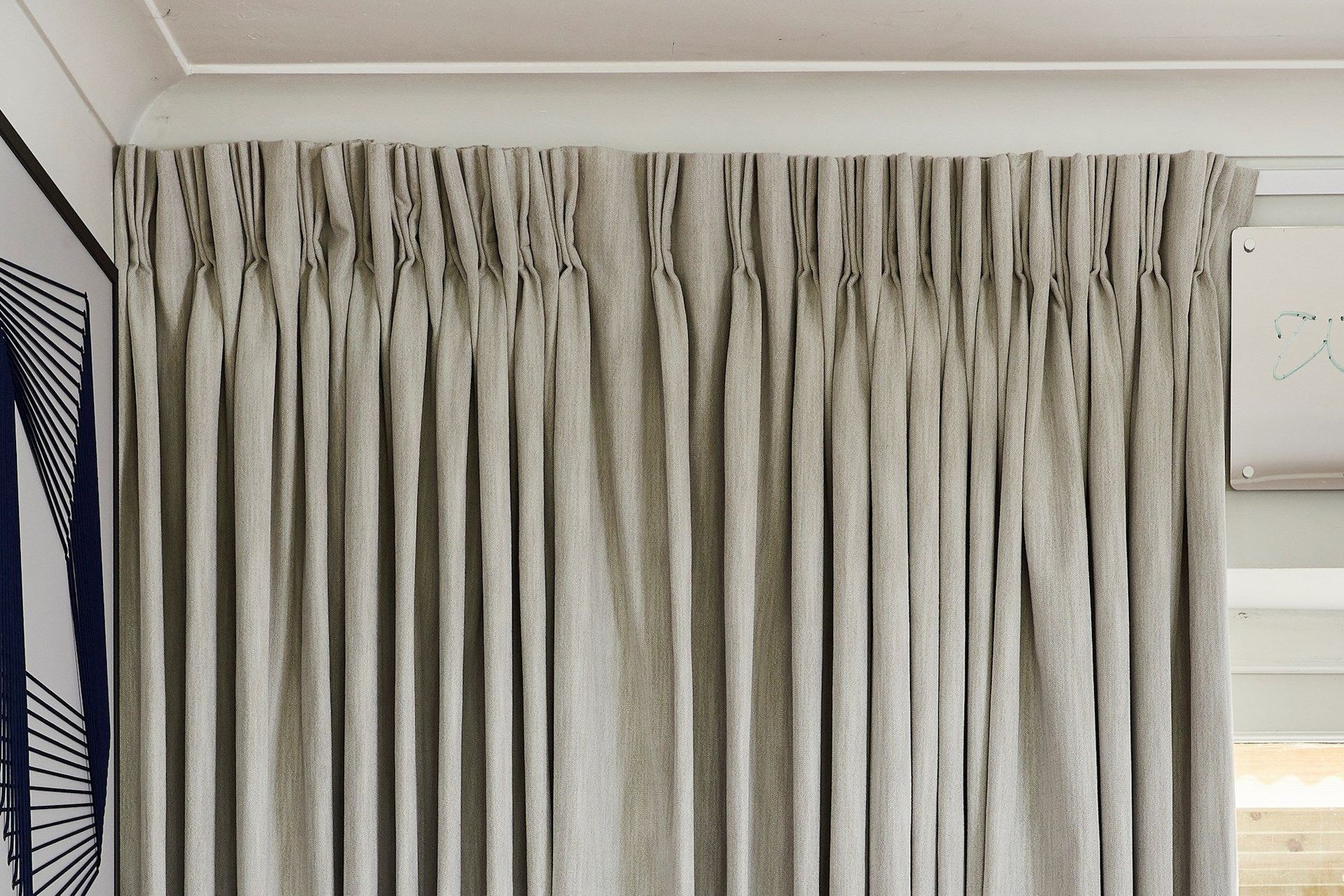
Proper spacing between drapery rings is essential for an even and smooth drape. This spacing largely depends on:
- Panel Width: The wider the panel, the more rings you'll need to maintain even spacing and prevent sagging.
- Ring Placement: Proper ring placement for different curtain styles—whether it's a flat panel, pleated, or gathered—ensures the drapery hangs properly without gaps or bulges.
Ensure a Professional Finish with Expert Installation
While proper spacing between drapery rings is essential for an even, smooth drape, achieving that flawless look can be tricky. Rather than spending time troubleshooting your DIY project, why not leave it to the professionals?
Contact Simply Windows today for expert installation and let our team handle the details, ensuring your drapery looks perfect from the start!

